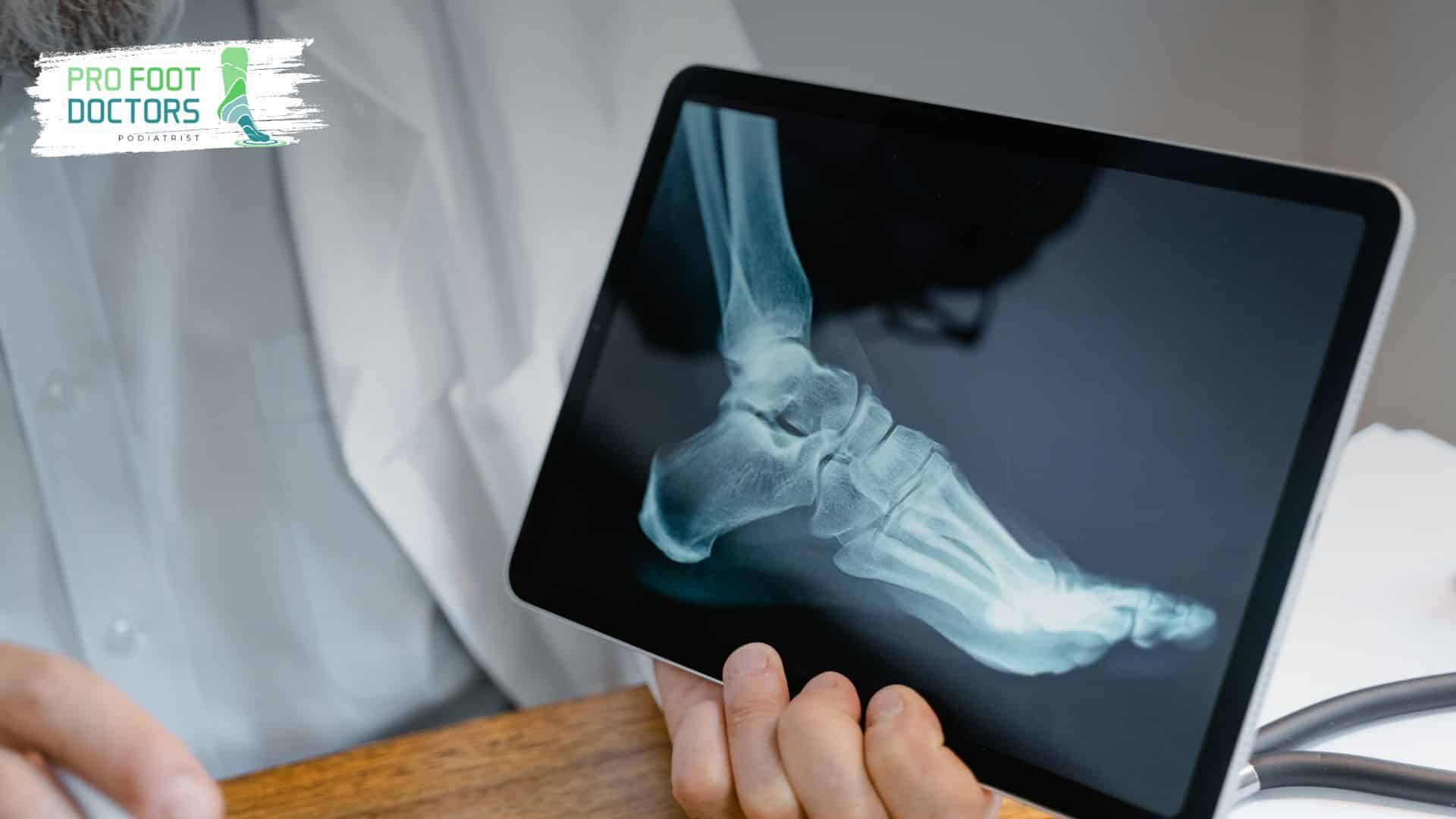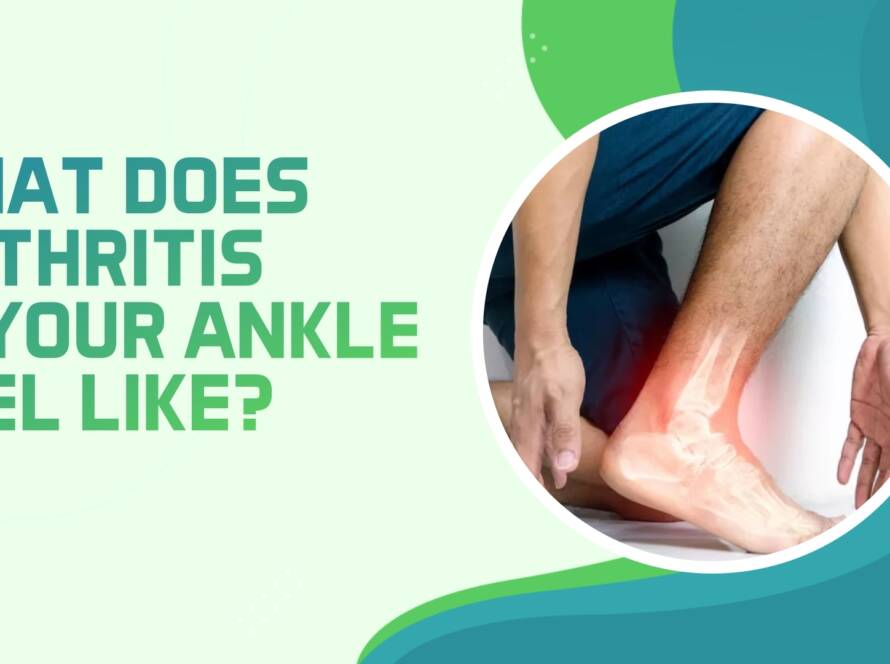An adult human has about 4000 tendons, but the exact count usually depends on the person’s muscle mass and size. Tendons connect bones to muscles with strong but flexible tissue. However, they are not quite elastic. Though tendons are strong, they can get strained. The point at which the tendon is attached to the bone is usually a common point of injury in people.
The foot has more than 100 tendons, but there are two that result in peroneal tendonitis and they are found in the side of the foot and the outer ankle bone. They become painful and inflamed from an injury like ankle pain or overuse.
Peroneal tendons balances the foot and protects against sprains. When they are inflamed, foot movement might be painful. It is quite common among individuals who play sports, particularly repetitive ankle motions such as walking and long-distance running. Athletes also have some ankle tendon problems due to long-term and frequent overuse.
In this blog, we explore inflammation of the tendons, especially peroneal tendonitis, so individuals can get an understanding of it and consult with a foot doctor when necessary.
What is Peroneal Tendonitis?
Peroneal tendonitis is a tendon inflammation along the side of the foot and outer ankle bone. These are strong muscles that connect the muscles in the lower leg to the foot bone.. Any person can get peroneal tendonitis, but it is quite common for individuals who play sports since it involves a great deal of ankle movement.
Additionally, you can have peroneal tendonitis if you have previously had tendon injuries, are over 40 years old, don’t stretch before physical activities, have high foot arches, have tight tendons, smoke, are obese or overweight, or have conditions like gout, rheumatoid arthritis, osteoarthritis, and diabetes. Peroneal tendonitis is common, like other foot tendonitis, such as Achilles tendonitis.

Symptoms of Peroneal Tendonitis
Peroneal tendonitis symptoms might include increasing pain in foot with physical activity, ankle pain along the tendon, thick tendons with nodules or mass moving with the tendon, warmth, redness, and swelling around the tendon.
Diagnosing Peroneal Tendonitis
Your foot doctor will take your history and perform an examination to make a diagnosis. During the examination, you might feel pain when the doctor touches the peroneal tendons. The doctor might also perform X-rays. Ultrasounds Are effective at assessing the tendons and can show a tear or abnormal appearance. Your doctor might also conduct an MRI if necessary to show tears.

Causes of Peroneal Tendonitis
Individuals who partake in repetitive ankle motion sports are more prone to peroneal tendonitis. Some factors that can cause peroneal tendonitis include an increase in training, especially weight bearing activities like jumping, running, and walking, overuse, unsupportive or insufficient footwear, and inappropriate training techniques.
Some things can increase the risk of having peroneal tendonitis. They include imbalanced lower limb muscles, joints, and lower muscle limbs not working properly together, and higher foot arches.
Additionally, if a person doesn’t complete a rehabilitation program after an ankle injury like a sprain, they might develop tendonitis. The damaged peroneal tendons will thicken with time as the scar tissues tire of repairing the damaged area, making the tendon weaker and prone to tendon tearing.
Treating Peroneal Tendonitis
You might wonder, how do you treat peroneal tendon tendonitis? Since tendon overuse causes peroneal tendonitis, rest is an important factor in helping individuals heal. There are nonsurgical treatments for peroneal tendonitis treatment, such as:
- Not allowing the ankle or foot to move using a support or not.
- Anti-inflammatory drugs prescribed by the doctor can be used to relieve swelling and pain.
- Using ultrasound therapy, heat, and ice to reduce swelling and pain, then add exercises to strengthen the muscles and enhance motion and balance when symptoms improve.
- Use braces for activities involving repetitive ankle motion.
Though there are nonsurgical means of treating peroneal tendonitis, many often ask, does peroneal tendonitis require surgery? Surgery isn’t common for treating peroneal tendonitis and is usually a last resort when other methods don’t work. A 2016 study showed that 83.1% of individuals in a group of 201 people who had previously undergone peroneus brevis tendon repair from 2008 to 2012 returned to sports and exercise after a one-year follow-up.
Why You Should Not Ignore Peroneal Tendonitis
Some people might fail to seek the right treatment for tendonitis. What happens if you ignore peroneal tendonitis? According to this study, when you don’t properly treat peroneal tendonitis, you can develop lateral ankle instability or result in pain. This is usually due to a buildup of scar tissues in the affected area, which makes it hard and painful to perform natural movements.

Conclusion
Individuals with peroneal tendonitis can fully recover, but it usually takes time. Therefore, it is crucial not to get back into activities too quickly. Rehabilitation is crucial for healing and ensuring the complete individual programs pro-foot doctors offer to avoid repeated injury.
Athletes can return to their sports and be at the same level as before the injury if they follow their pro-foot doctor and physical therapist’s rehabilitation instructions. If you are looking to learn more about peroneal tendonitis and peroneal tendonitis treatment, this website has all the answers to your questions.
Related Questions
1. What can make peroneal tendonitis worse?
Peroneal tendonitis usually causes pain around the outside of the foot or ankle and, therefore, can be worsened by physical activity such as walking, jumping, and running.
2. Is it possible to fully recover from peroneal tendonitis?
Yes, you can fully recover from peroneal tendonitis, but it usually takes time. Don’t rush back to physical activities too fast. Acute injuries heal faster than chronic injuries, but rehabilitation is important in both cases.
3. Does peroneal tendonitis heal on its own?
Yes, in most cases, peroneal tendonitis will heal on its own without the need for surgery. It is an overuse injury, so you can heal while resting. Peroneal tendonitis usually takes about 6 to 8 weeks to heal. Participating too early in physical activity on a healing tendon can cause the recovery to slow down or deteriorate after a period of improvement. This can increase the recovery time and can be quite frustrating for the patient.


